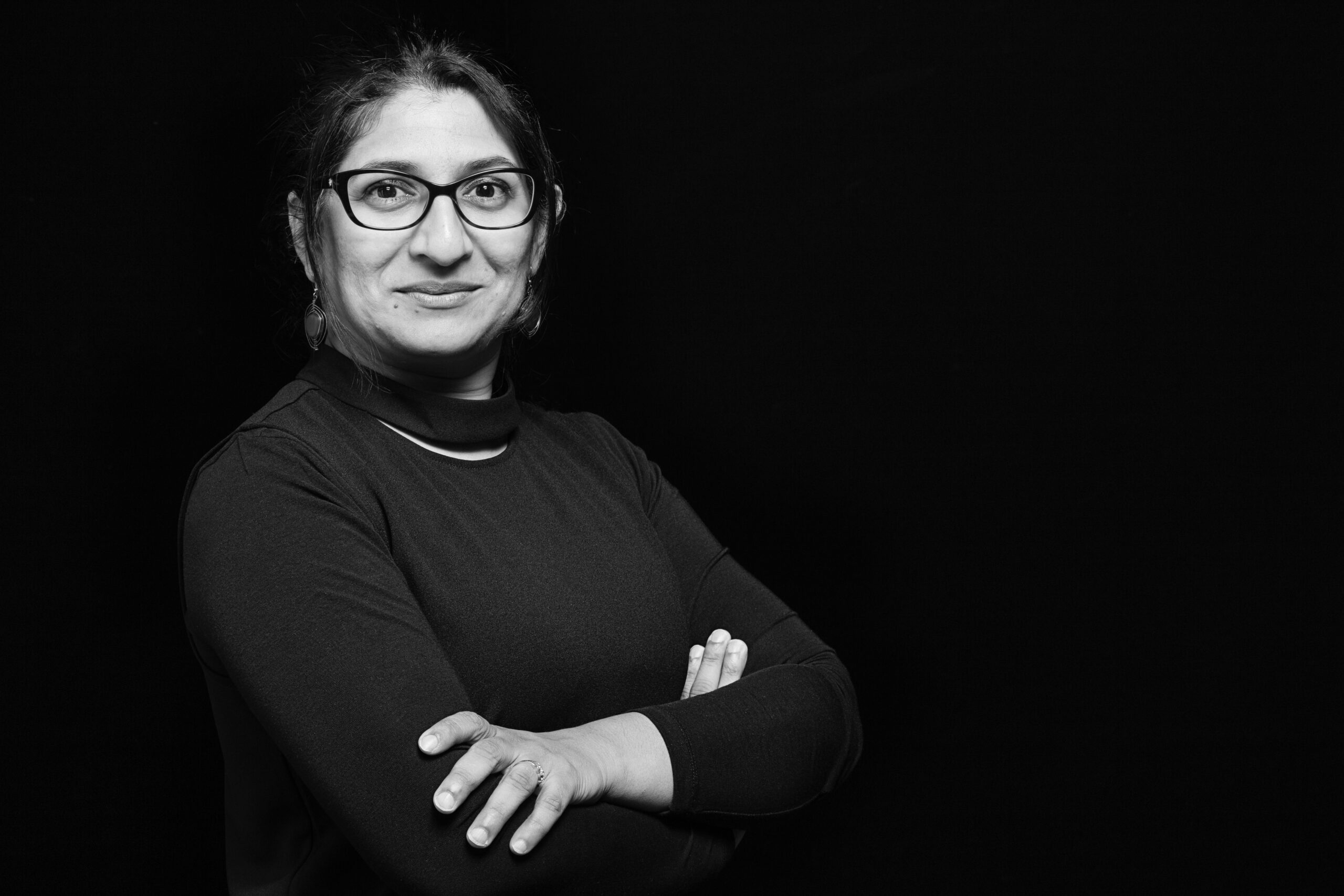
Jefferson Speaks at Cornell: “US and Them: American Embassies and the Architecture of Diplomacy”
Jefferson Speaking at Cornell: “US and Them: American Embassies and the Architecture of Diplomacy”
Michael Jefferson, a lecturer in architecture, is speaking at Cornell’s Department of Architecture, Art, and Planning with Caroline O’Donnell on October 2nd, 2017. Their lecture is called “US and Them: American Embassies and the Architecture of Diplomacy.”
More information about the event:
Architecture’s ability to communicate an idea is perhaps more powerful in the embassy than in any other building typology. Acting as a physical artifact of one country’s relationship with another, the embassy reflects the inevitable dichotomies at the core of diplomacy: love/anger, openness/security, and political alliance/impending war. In any time of political transition, the expressive aims of an administration renew and question the values imbued by embassies. Today, however, these issues resonate with particular strength as the United States of America struggles with internal divisiveness and burgeoning isolationism. The issue at the heart of this discussion is the conflict in architecture between meaning (in this case, US identity) and malleability (with respect to the context in which the embassy is situated and the degree to which it adapts). This key issue is surrounded by other inevitable topics: architecture and politics, architecture and war, architecture and terrorism, architecture and security, as well as, on the flip-side, architecture and ornament, architecture and identity, and architecture and context. This discussion will examine how these topics manifest themselves in architectural form; subsequently defining a rubric of specific design tactics evidenced by US embassies in foreign countries and drawing out the complex relationship between form, expression, and context.
US and Them: Rethinking the US Embassy for the 21st Century was an option studio taught at Cornell in 2014 by Jefferson and O’Donnell. The studio included an analysis of 32 US embassies by students in the US a series of proposals for new strategies for the design of future embassies. The research was presented, discussed, and advanced in Office US at the Venice Biennale in September 2014.









